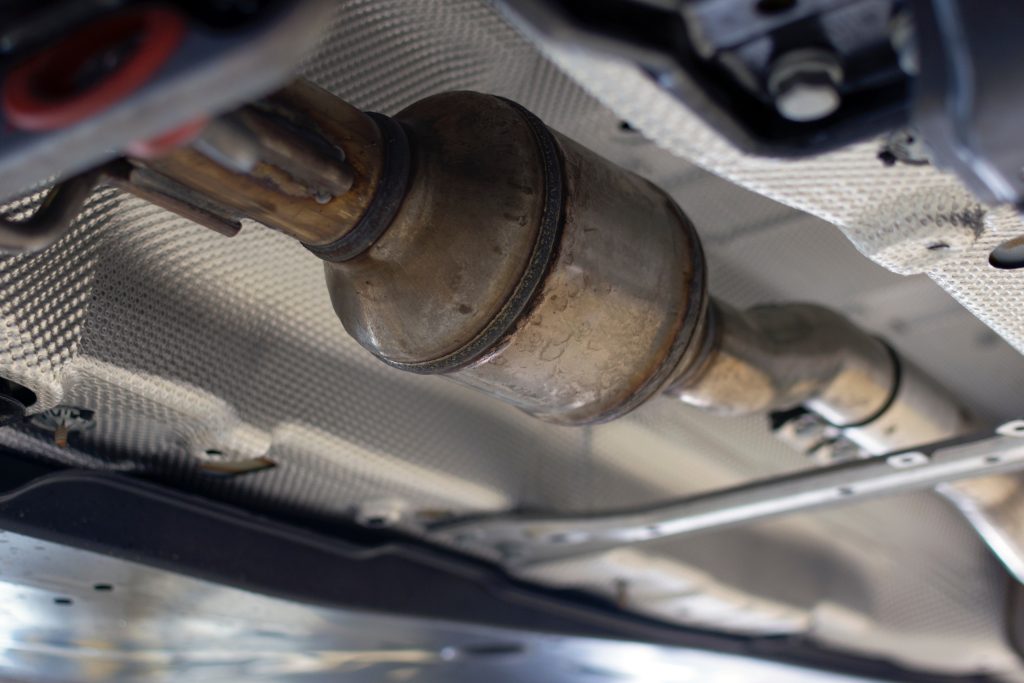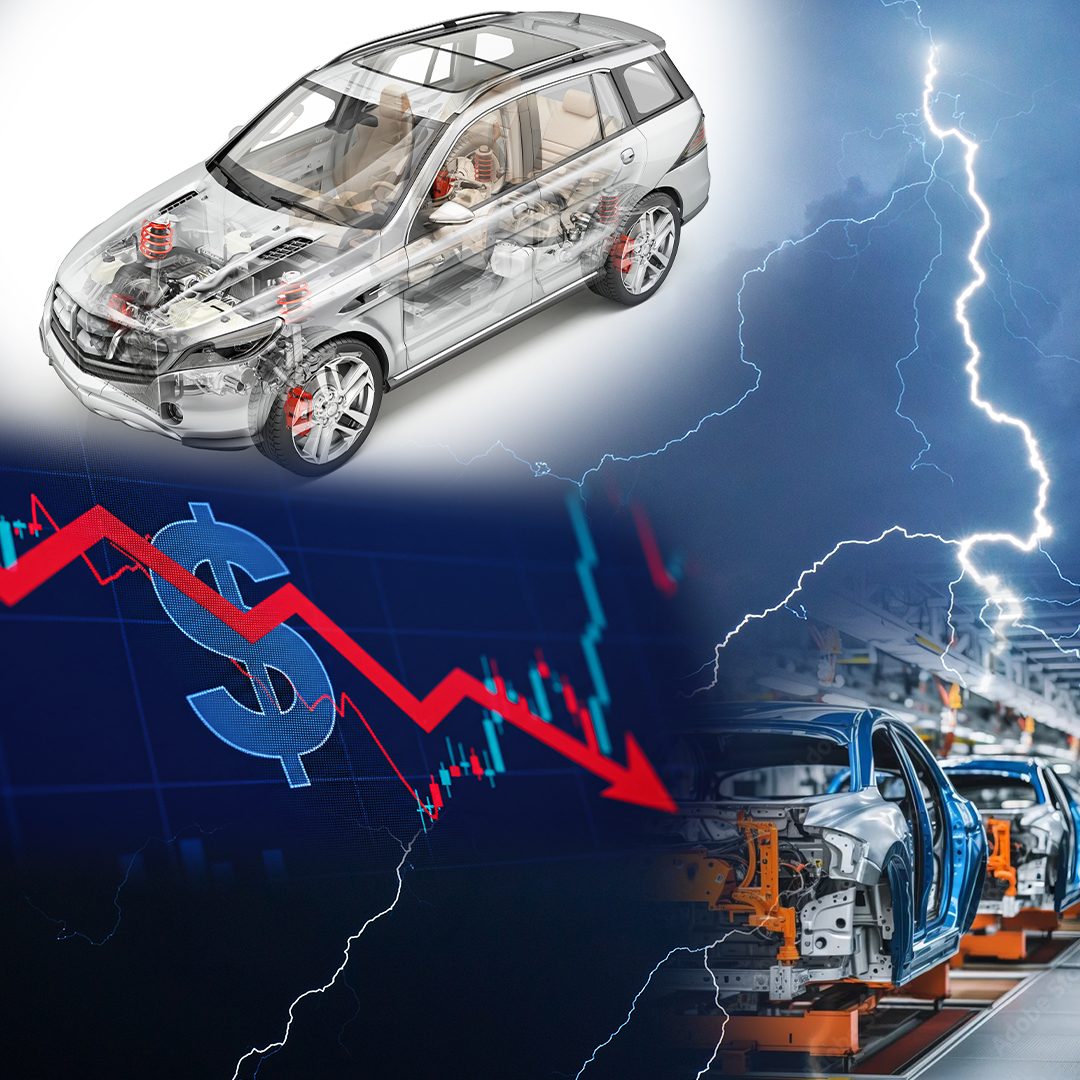If you’ve ever wondered about the complex emissions control technology hidden beneath your car, you’re in the right place. Today, we’re diving into ‘Catalytic Converters 101: What they are, how they work, and why they matter’. Catalytic converters are devices fitted into the exhaust systems of internal combustion engines (ICE) to transform harmful emissions into less toxic gases. They use redox reactions – oxidation converts carbon monoxide (CO) and hydrocarbons (HC) into carbon dioxide (CO₂) and water (H₂O), while reduction converts nitrogen oxides (NOₓ) into nitrogen (N₂) and oxygen (O₂) – to reduce pollution. Typically, approximately 98 percent of harmful gases are converted in this process, making catalytic converters essential for environmental protection and public health.
The role of precious metals
The chemical reactions within catalytic converters are only possible because of precious metals – platinum, palladium and rhodium – applied in nanoparticle form on a substrate. Platinum functions for both oxidation and reduction, palladium primarily catalyses oxidation, while rhodium excels in reducing NOₓ. A single converter may contain between 4 and 9 grams of these metals, depending on specifications. These metals are dispersed across a honeycomb washcoat structure that maximises surface area and reaction efficiency.
Why do we have catalytic converters
Catalytic converters became ubiquitous in modern vehicles, for both diesel and petrol (gasoline) engines, following the introduction of US emissions regulations in the mid-1970s, which mandated a 75 percent reduction in certain vehicle pollutants.
Today, they are used in a wide range of vehicles and engines – from passenger cars and SUVs to trucks and buses. Governments worldwide continue to tighten emission standards – the EU currently follows the Euro 7, while India has adopted Bharat Stage VI – driving ongoing improvements in catalyst performance and design.
Types of catalytic converters
Different types of converters exist to meet specific emissions control needs. These include:
- Three-way catalytic converters (TWCs) address CO, HC and NOₓ in petrol engines.
- Diesel oxidation catalysts (DOCs) focus on oxidising CO and HC in diesel engines.
- Selective catalytic reduction (SCR) systems use urea injection to further reduce NOₓ, while diesel particulate filters (DPFs) trap soot particles.
- Hybrid systems can combine several of these technologies to meet stringent emissions targets.
Complex catalytic converter assembly
The challenge for manufacturers is to be flexible enough to build increasingly complex catalytic converters in a range of variants that comply with emission control regulations in different markets. Jendamark offers standard canning machines that are configurable in a variety of ways according to the production processes and products required. Learn more about our adaptive canning solutions, standardised machines and catalytic converter assembly processes here.
Conclusion
In summary, catalytic converters are sophisticated devices that combine advanced chemistry and precision engineering to reduce vehicle emissions. Their role is central to air quality improvement and regulatory compliance.
Further reading
For further reading on the underlying chemistry, see “Catalytic Converters – Chemistry” and for a detailed explanation of how Gap Bulk Density (GBD) is measured, refer to “Calibrated Catalytic Converter” (https://patents.google.com/patent/WO2006065733A3/en) and (https://oaji.net/pdf.html?n=2017%2F1992-1530770099.pdf).





